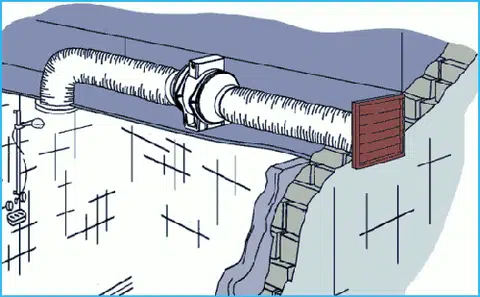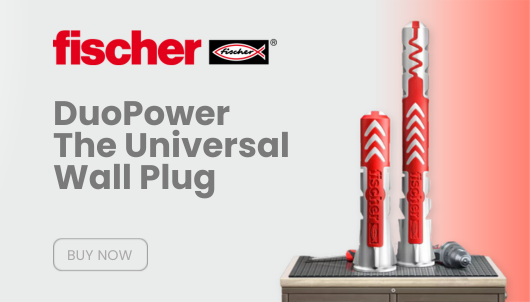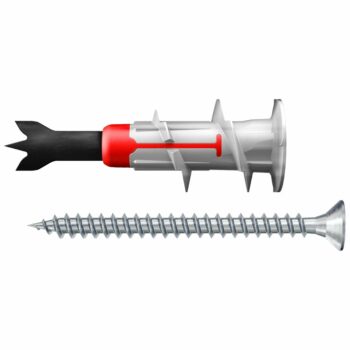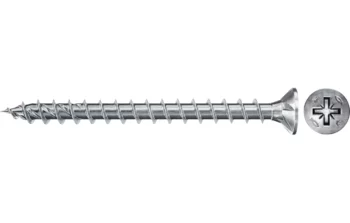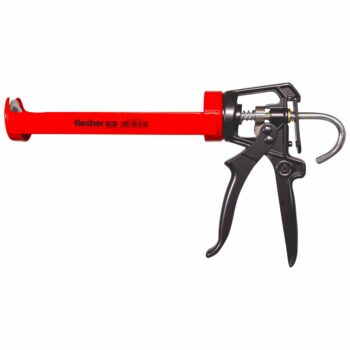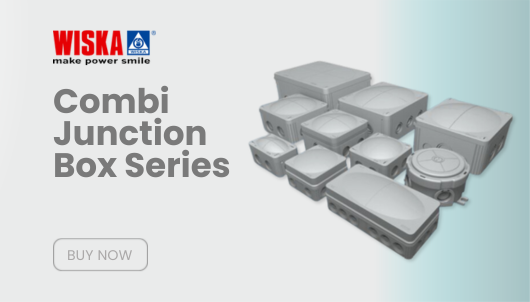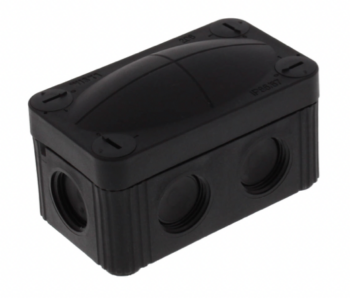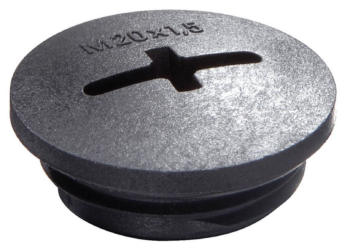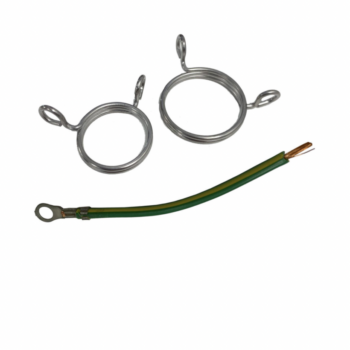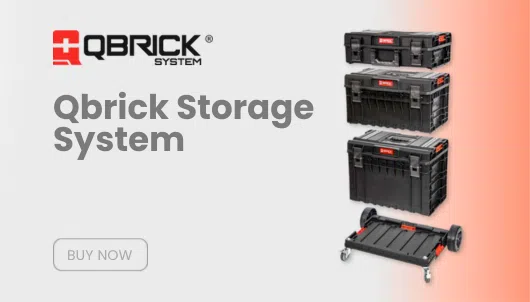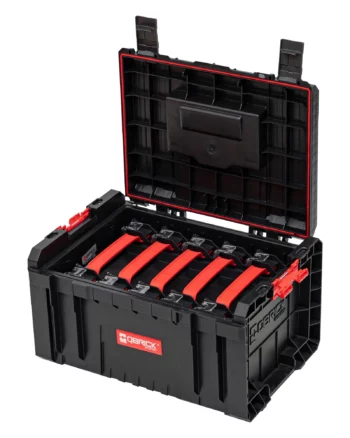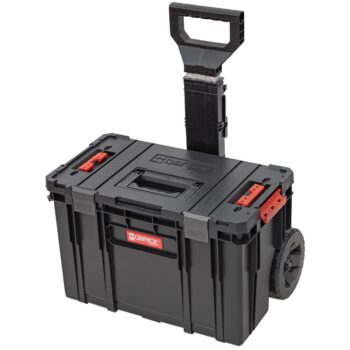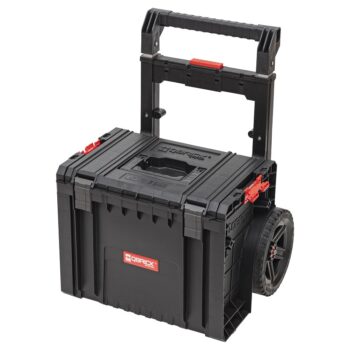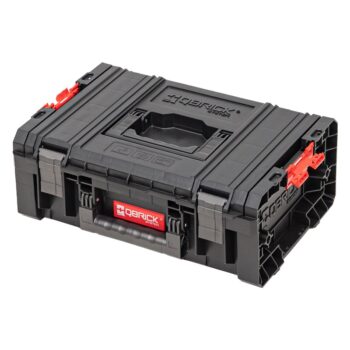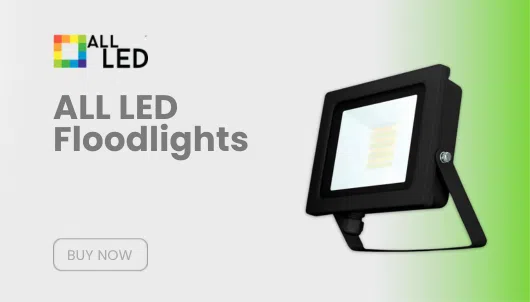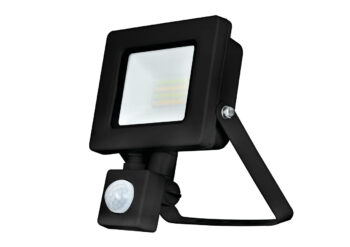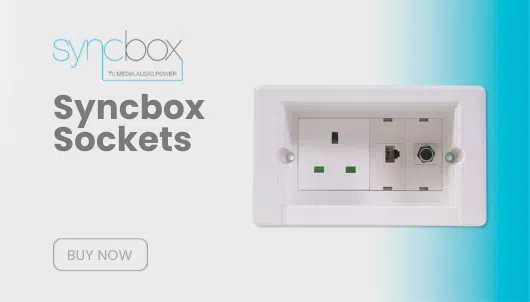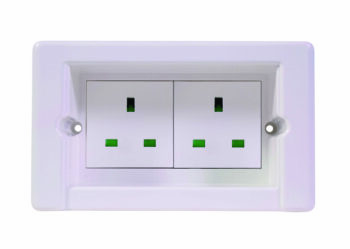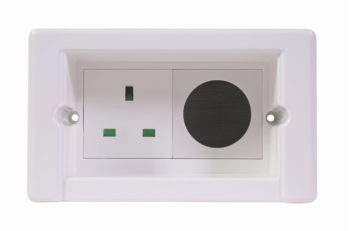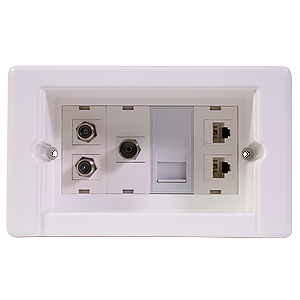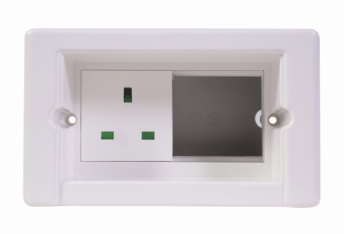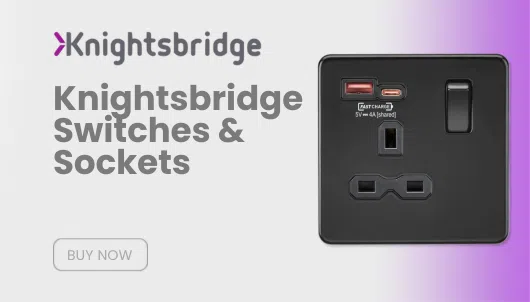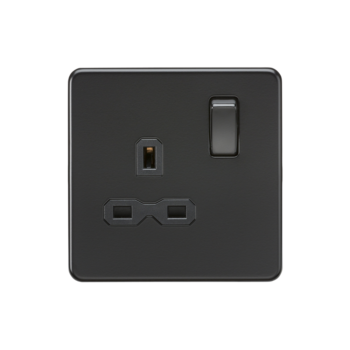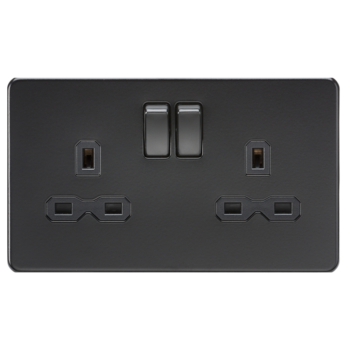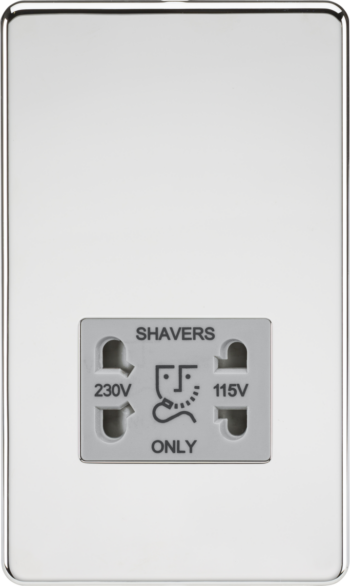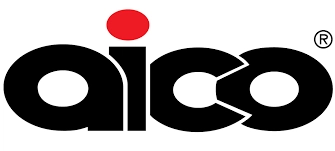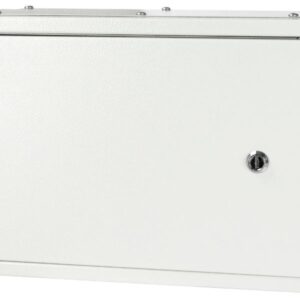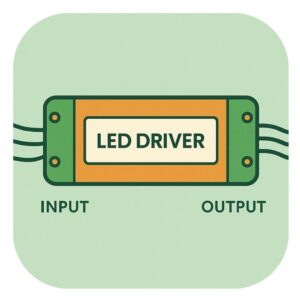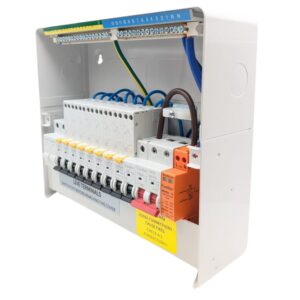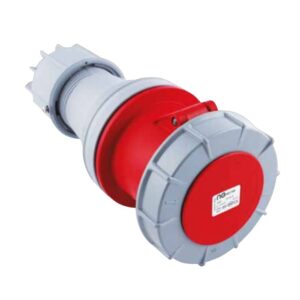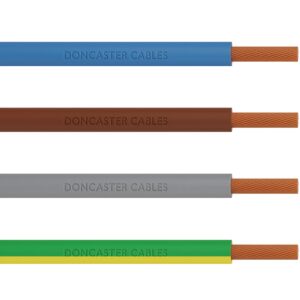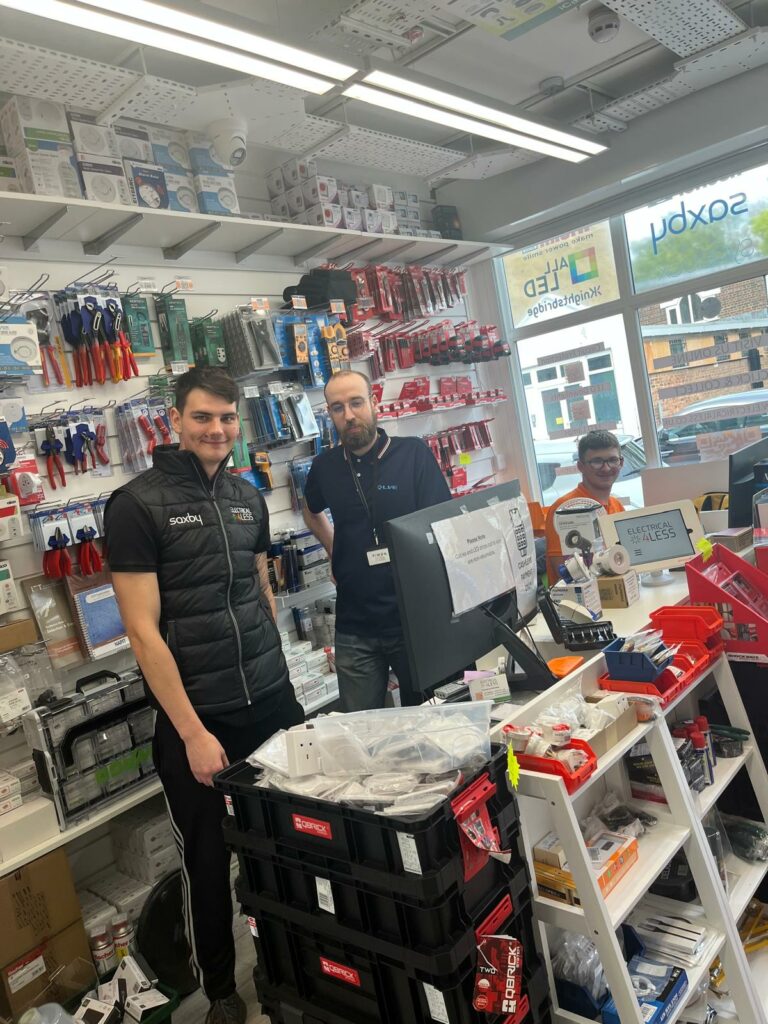The Ultimate Guide to Buying an Inline Extractor Fan
Inline extractor fans are an excellent choice for effective and discreet ventilation, particularly in bathrooms, kitchens, or other moisture-prone areas. Unlike standard wall or ceiling-mounted extractor fans, inline fans are installed within the ducting system, typically between the room and the external vent. This positioning allows for enhanced performance, quieter operation, and greater versatility in where they can be installed.
In this comprehensive guide, we’ll explore everything you need to know about buying an inline extractor fan. We’ll cover the different types available, air extraction rates, installation locations, IP ratings, ventilation and wiring regulations, noise levels, switching options, and the necessary accessories like ducting and external grilles. By the end, you’ll have a clear understanding of which inline extractor fan is best suited for your needs.

Why Choose an Inline Extractor Fan?
Inline extractor fans are increasingly popular for residential and commercial applications, thanks to their flexibility and ability to handle more challenging ventilation scenarios. Unlike traditional extractor fans, which are mounted on a wall or ceiling, inline fans are installed within the ducting, often in a loft, attic, or other concealed space. This results in several key advantages:
- Quieter Operation: Since the fan motor is located away from the room, inline extractor fans typically produce less noise than standard wall or ceiling-mounted fans.
- More Powerful Extraction: Inline fans often have higher air extraction rates, making them ideal for larger spaces or bathrooms with significant moisture challenges.
- Flexible Installation: These fans can be installed in various configurations, allowing you to place the actual extraction point in a more optimal location for effective moisture removal.
- Discreet Appearance: With only the intake and exhaust grilles visible, inline extractor fans offer a clean, minimalist look, particularly suited for modern bathrooms.
Types of Inline Extractor Fans
There are several types of inline extractor fans to choose from, each designed for different needs and preferences. Let’s break down the most common options:
1. Standard Inline Extractor Fan
A basic standard inline extractor fan works like any conventional extractor fan but with the added benefit of being installed within the ducting system. These fans are switched on and off either manually or via a light switch.
Best For:
- Smaller bathrooms or en-suites.
- Basic ventilation needs where installation space allows for ducting.
2. Over-Run Timer Inline Extractor Fan
An inline fan with an over-run timer continues to operate for a set period after the bathroom light is turned off. This ensures that any lingering moisture is effectively extracted even after you leave the room.
Best For:
- Bathrooms with consistent high humidity.
- Ensuring thorough moisture removal after use.
3. Humidistat Inline Extractor Fan
A humidistat-controlled inline extractor fan activates automatically when it detects elevated humidity levels in the room. This type of fan is energy-efficient, as it only operates when necessary, ensuring that your bathroom remains fresh and moisture-free without manual intervention.
Best For:
- Bathrooms prone to fluctuating humidity levels.
- Ensuring continuous moisture control in high-use bathrooms.
4. PIR Sensor Inline Extractor Fan
A PIR sensor inline fan is triggered by motion detection. It turns on when someone enters the bathroom and continues to run for a set period after the room is vacated. This is a hands-free, convenient option that ensures adequate ventilation in frequently used bathrooms.
Best For:
- Busy bathrooms with high foot traffic.
- Hands-free ventilation that ensures optimal moisture control.
IP Ratings: Safety and Durability in Wet Areas
When choosing an inline extractor fan for a bathroom or other wet area, one of the most critical considerations is the IP (Ingress Protection) rating. This rating system indicates how resistant an electrical device is to solid objects (like dust) and moisture, ensuring safe operation in areas with high humidity or water exposure.
IP Ratings Explained
IP ratings consist of two digits: the first digit refers to protection against solids (e.g., dust), and the second digit refers to protection against liquids (e.g., water). Here’s how these ratings apply to inline extractor fans:
- IPX4: This is the minimum rating for bathroom extractor fans, offering protection against water splashes from any direction.
- IPX5: These fans are protected against low-pressure water jets, making them suitable for areas more exposed to water, such as directly near a shower.
- IPX7: This rating indicates the fan is capable of withstanding immersion in water for a limited time. These fans are typically used in highly exposed bathroom areas, though it’s rare for inline fans to require such a high level of protection.
Bathroom Zones and IP Ratings
It’s essential to install the fan in the correct bathroom zone to ensure safety and compliance with UK regulations:
- Zone 0: The area inside a bath or shower, where the fan must be IP67 or higher.
- Zone 1: Above the bath or shower (up to 2.25m). Fans installed here should have at least an IPX4 rating.
- Zone 2: The area extending 0.6m from the bath or shower. A fan with an IPX4 rating is required.
- Zone 3: Further from water sources, standard IP-rated inline fans can typically be used.
It’s important to ensure your inline extractor fan meets the necessary IP rating for the specific zone where it will be installed.
Ventilation and Wiring Regulations for Inline Extractor Fans
Inline extractor fans, like all bathroom ventilation systems, must comply with specific building and electrical regulations. These regulations ensure that the fan is both safe and effective in maintaining proper air quality.
Ventilation Requirements
In the UK, building regulations specify that all bathrooms must have adequate ventilation to remove excess moisture and prevent dampness and mold. The extraction rate required for bathrooms is typically at least 15 litres per second (l/s), but larger or heavily used bathrooms may require a higher rate of ventilation. Inline extractor fans tend to have higher extraction rates than standard fans, making them ideal for larger spaces.
Electrical and Wiring Regulations
Due to the presence of water, electrical installations in bathrooms are subject to Part P of the Building Regulations, which governs electrical safety. When installing an inline extractor fan, you must adhere to the following rules:
- Isolation Switch: An inline fan should be connected to an isolation switch, typically located outside the bathroom, to allow safe maintenance.
- RCD Protection: All electrical circuits in the bathroom must be protected by an RCD (Residual Current Device) to prevent electrical shock in the event of a fault.
- Professional Installation: For most people, it is highly recommended that a qualified electrician handles the installation of inline extractor fans, ensuring compliance with all relevant regulations and guidelines.
Impeller Size and Air Extraction Rate
One of the key factors to consider when choosing an inline extractor fan is its impeller size and air extraction rate. The impeller is the rotating blade that draws air through the fan, and its size has a significant impact on the fan’s performance.
Air Extraction Rate
The air extraction rate, measured in litres per second (l/s) or cubic metres per hour (m³/h), indicates how much air the fan can remove from the room over a set period. Inline extractor fans typically offer higher extraction rates than wall or ceiling-mounted fans, making them ideal for larger bathrooms or areas with significant moisture.
For a standard-sized bathroom, an extraction rate of 15–30 l/s is generally sufficient. However, for larger bathrooms or en-suites, you may need a fan with a more powerful extraction rate.
Impeller Size
The size of the impeller will directly influence how much air the fan can move. Inline extractor fans with larger impellers are capable of higher extraction rates, but they may require more space for installation. It’s important to balance the fan’s size and power with the available space and the ventilation needs of your bathroom.
Switching and Operation Options
Inline extractor fans offer various switching and operation modes, giving you flexibility in how and when the fan is activated:
- Manual Switching: Many inline fans are operated by a simple switch or pull cord, often tied to the light switch. When you turn on the light, the fan operates, and it shuts off when you leave.
- Over-Run Timer: Inline fans with a timer feature allow the fan to continue running for a set period after the light is turned off, ensuring that all moisture is effectively removed from the room.
- Humidistat-Controlled: These fans automatically activate when humidity levels rise, offering a hands-free solution that ensures consistent moisture control without requiring manual input.
- PIR Sensor: PIR sensor fans use motion detection to switch on when someone enters the bathroom. This type of fan is ideal for households that require frequent ventilation, as it ensures the fan operates whenever the bathroom is in use.
Noise and Aesthetics
One of the significant advantages of inline extractor fans is their relatively low noise level compared to traditional fans. Since the fan unit is installed away from the room, often in the attic or loft, the sound is muffled, resulting in quieter operation.
Understanding Decibels
Noise levels are measured in decibels (dB). For comparison:
- 10 dB: Equivalent to a quiet room or the rustling of leaves.
- 30 dB: Similar to a whisper or soft conversation.
- 50 dB: Comparable to moderate rainfall or a normal conversation.
Most inline extractor fans operate at noise levels below 30 dB, making them significantly quieter than wall-mounted fans, which typically operate between 30–50 dB. This makes inline fans ideal for households looking for peace and quiet, especially in bathrooms located near bedrooms.
Aesthetic Considerations
Since inline extractor fans are largely hidden from view, they offer a discreet and minimalist look. Only the intake and exhaust grilles are visible, which can be chosen in various designs and finishes to match your bathroom decor.
Where Can You Install Your Inline Extractor Fan?
One of the key benefits of an inline extractor fan is its flexible installation options. Inline fans are typically installed within the ceiling cavity, loft, or attic, with ducting running between the fan and the exterior of the building.
Common Installation Points
- Ceiling: The most common installation point is in the ceiling, with ducting running to an external vent. This allows for effective moisture extraction without compromising the aesthetics of the room.
- Loft/Attic: If you have access to a loft or attic above your bathroom, an inline fan can be installed here for easy access and quieter operation.
- Wall: Although less common, inline extractor fans can also be installed on the wall, depending on the configuration of the room and available ducting options.
Accessories for Inline Extractor Fans
When installing an inline extractor fan, you will need several accessories to complete the setup and ensure optimal performance:
- Ducting: Ducting is used to carry the extracted air from the fan to the external vent. It comes in various types, including flexible, rigid, and insulated ducting, depending on your installation needs.
- Duct Clamps: These are used to secure the ducting in place and ensure that it remains sealed and airtight for effective moisture removal.
- External Grille: The external grille is fitted on the outside of the building to allow air to escape while preventing debris or animals from entering the duct.
Each of these accessories is vital for ensuring the efficient operation of your inline extractor fan and for proper moisture control.
Conclusion: Choosing the Right Inline Extractor Fan
Choosing the right inline extractor fan involves careful consideration of factors like air extraction rates, noise levels, switching options, and installation requirements. Inline fans are an excellent choice for those seeking powerful, quiet, and versatile ventilation in their bathrooms or other moisture-prone areas.
By understanding the different types of inline fans, IP ratings, ventilation regulations, and necessary accessories, you can ensure that your home stays fresh, dry, and free from the damage caused by excess moisture. An inline extractor fan is a long-term investment in your home’s air quality and overall comfort.
Find our full range of inline extractor fans available for next working day delivery here!

